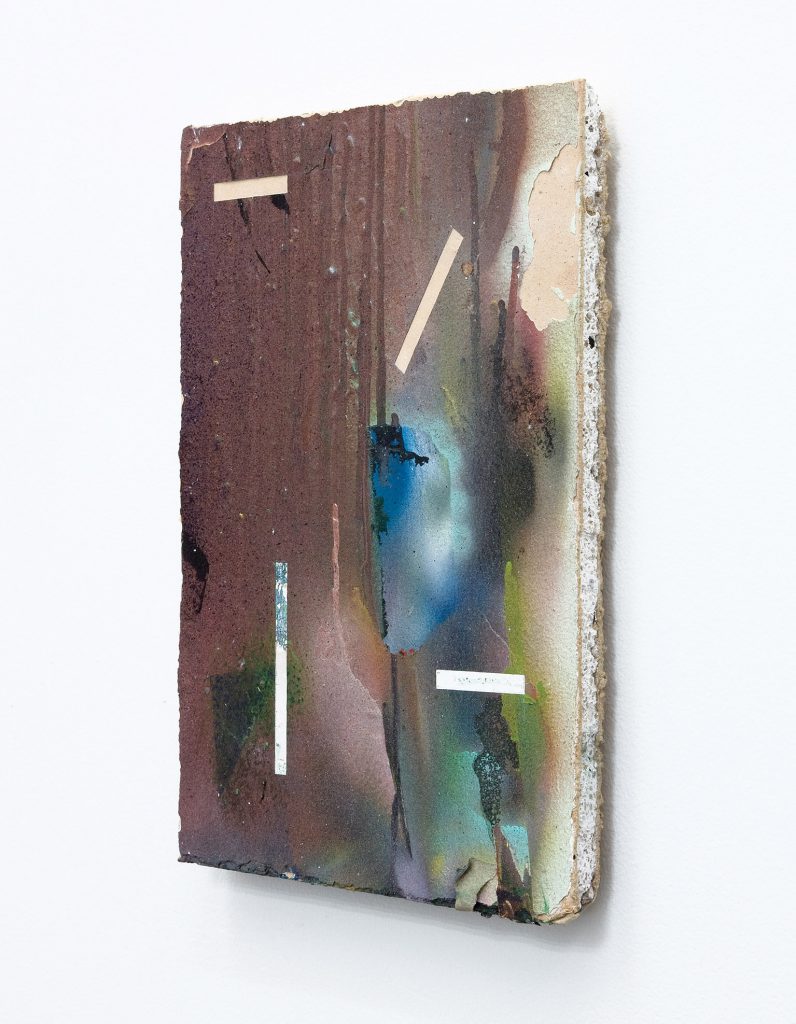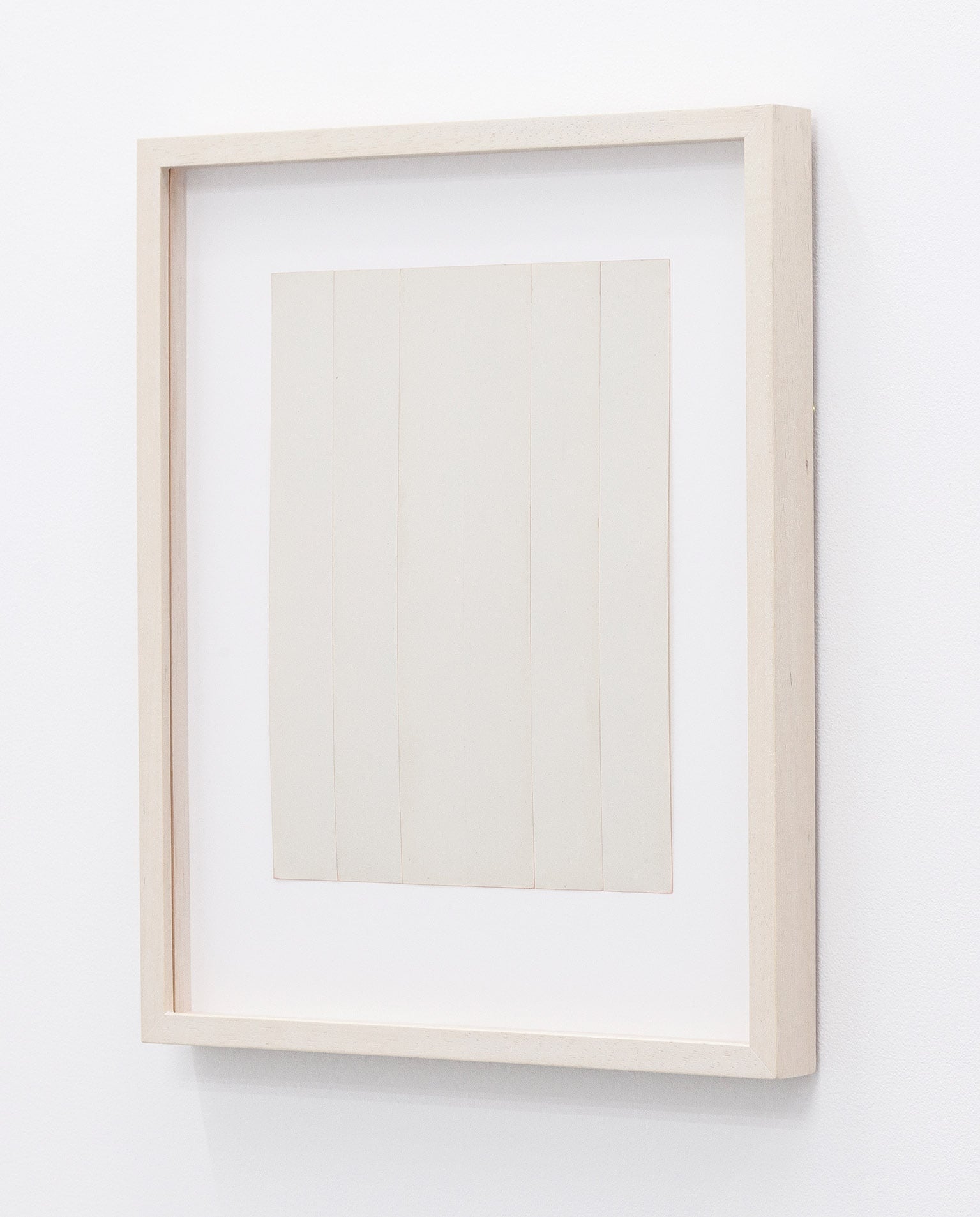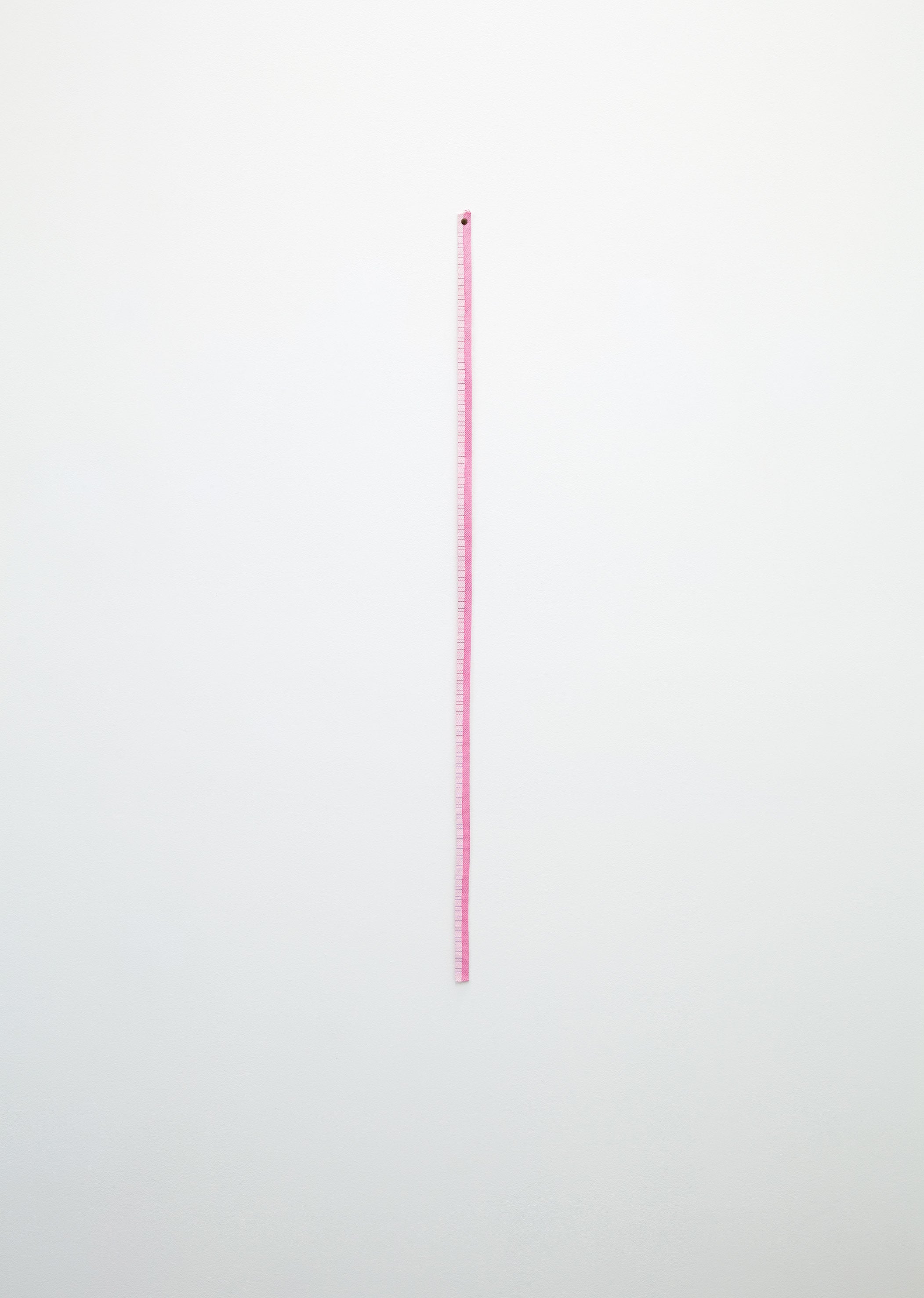
In the contemporary era, the ability to perform consolidates the biopolitical affects of a designed subject.1 Such notions are intrinsically involved in the ‘tacit but increasing inscription of individual lives’ into a society that now prioritises the ‘primacy of the private over the public’.2 According to Boris Groys, this is also accompanied by the contemporary manifestation of metanoia, once the biblical transport of an objective god, now a disciplining of the subject internalised by the hegemonic parade of designer lifestyles newly acknowledgeable by our peers.3 Nowhere is this more evident than in the ornament of privilege. As Mathew Hyland writes, ‘the form of some of capital’s most charmed lives also seems ornamental in its fragility, its vertiginous dependence on particular commodities: communications infrastructure, prescription drugs, asset management, local and global policing’.4 It is precisely this reliance on such a panoply of devices that leads Hal Foster to suggest that contemporary society is no longer predicated on the right to take life, nor to give life, but rather to design life. As he writes:
Today you don’t have to be filthy rich to be projected not only as designer but as designed — whether the product in question is your home or your business, your sagging face (designer surgery) or your lagging personality (designer drugs), your historical memory (designer museums) or your DNA (designer children). Might this ‘designed subject’ be the unintended offspring of the ‘constructed subject’ so vaunted in postmodern culture? One thing seems clear: just when you thought the consumerist loop could get no tighter in its narcissistic logic it did. Design abets a near-perfect circuit of production and consumption.5
That such circuits induce homeostasis perhaps explains the new relevance of a tactical withdrawal; a confrontation that no longer strikes directly at the obligations of design, but rather seeks refuge from its exhaustive saturation. One glimpses such logic in the following statement by Kim Gordon:
In America it’s hard to be political … You know it’s so consumerist-orientated or geared towards comfort. Offering some sort of enjoyment of expression that’s geared away from mall culture, shopping culture is the only way to be political.6
More recently Tao Well’s Beneficiary Office 2010 proposed such a retreat, arguing that unemployment might be a more meaningful contribution to society given its ecologically bearings as a practice of under-consumption. Such withdrawals, like Bartleby’s ‘I would prefer not’ practice a hollowing out, less a direct refusal than a slowing down. Like Jan Verwoert’s ‘guardian of social equilibrium’,7 such tactics draw our attention to the transformative qualities of social labour through which new values might be crafted. As Gerald Raunig writes of a similarly minded protagonist, ‘his form of sabotage consists of fleeing … and in fleeing he changes the order … [he] invents an entirely new terrain’.8 The problem posed by exhaustion reflects, not only the saturation of design’s obligation, but also the tactics through which new practices might be crafted. According to Hardt and Negri these tactics form the basis of an ‘anthropological exodus’,9 something similarly echoed by Claire Fontaine’s ‘human strike’:

This type of strike that interrupts the total mobilisation to which we are all submitted and that allows us to transform ourselves, might be called a human strike, for it is the most general of general strikes and its goal is the transformation of the informal social relations on which domination is founded… The rationality of the behaviours we adopt in our everyday life would appear to be entirely dictated by the acceptance of the economic relationships that regulate them. Each gesture and each constructive activity in which we invest ourselves has a counterpart within the monetary economy or the libidinal economy. The human strike decrees the bankruptcy of these two principles and installs other affective and material fluxes.10
This refusal is a productive flight. Not just a slowing down, but also an investment in different modalities — ones that engage not with the obligation of design, nor with the financial mechanisms that uphold it, but, rather, with the social labour invested in both. And yet, as Hyland points out, the saturation of this hegemonic obligation to perform carries with it a pernicious blackmail in which the subject-seeking-refugee also risks ‘mutilating his or her subjectivity’.11 One needs only look at the recent roll-call of university slogans to see this coercion at work: ‘be all you can be’, ‘take your place in the world’, and ‘get amongst the best’.12 In Groys’ terminology, this is an obligation to ‘self-design’.13
The animation of the subject through the affiliative affects of self-design is entirely transparent in the high-stake parlour games of taste. Nothing epitomises this more than the openly irreverent jewellery of Karl Fritsch, whose recent arrival to New Zealand seems to have provided our cognoscenti with the ornament they never knew they wanted. Crucial to such conjecture is the blatant juxtapositions Fritsch’s jewellery relies upon. For instance, the decadence of the diamond is often enhanced by its encounter in the abject vernacular of a crudely moulded ring setting. Likewise, Fritsch’s idiosyncratic overburdening of his jewellery with an accumulation of jewels might be said to echo the clutter of everyday life. That such strategies are further abetted by his use of common materials, like plastic trinkets or metal screws, would only add to the exuberance with which Fritsch so adroitly re-imagines the exhausted narratives of contemporary jewellery. However, whilst such strategies may effuse the iconoclasm of Fritsch’s brand, they also enhance the disciplinary realities of the jewellery’s connoisseurship in which its ungainly proportions maximise the obligations of a contemporary subject whose social mobility is defined by their performance as adjudicators of taste. Thus, what we really see in Fritsch’s jewellery is the continual substitution of art’s critical capacity with what Anselm Jappe calls the ‘therapeutic encounter’, where the immanent tactics crucial to art’s relevance are devalued by the pressures of a society riddled by a metanoia that demands constant reassurance.14

The banal strategies of Fritsch’s jewellery can be usefully contrasted against the similarly exhausted responses of the New Zealand painters Patrick Lundberg and Richard Bryant, both of whom display a remarkable tendency to adhere to the immanent strands of a re-territorialising exodus. Thus, unlike the didactic thematics of Fritsch’s jewellery, what we see in Bryant’s and Lundberg’s practices is a preference to allow what Jane Bennett calls the ‘vital materiality’ of the mundane object to be seen.15 For instance in Lundberg’s use of remnant gib or Bryant’s use of recycled paper and card, the secondary condition of these found objects is never deployed as a redemptive therapeutic device that allows us to re-encounter the quotidian as though for the first time. Rather, what is evident in Lundberg’s and Bryant’s practice is an appreciation of the immanent forces at work within the indifferent materiality of a conditional object.
This is apparent in Lundberg’s re-workings of cupboard doors in which coldly precise geometric patterns are scratched into their abject surfaces in order to elucidate and exaggerate not only their unique materiality (or wear) but also our perennial encounter with the stock shapes and utilitarian values of these ‘everyday’ objects. Likewise, Bryant’s attentive adjudications of remnant paper-stock consistently measure the fleeting and ephemeral temporalities of his mimicry of the non-objective monochrome against the material indifference and sheer physicality of these found objects’ manifestation as subjects that are always and already at play. In this sense, Bryant’s work literally traps this residue of prior use in order to trace these evidential marks as the work’s articulating subject. No wonder, then, that it is entirely pointless to ask where the original paper or card ends, and where Bryant’s sly monochromatic accentuations begin. In a different vein, Lundberg’s more recent over-painting of shoelaces act to gauge or metre the temporal and spatial effects of the environment in which they are encountered, literally echoing or reverberating our own pacing of the situation, all the more so because of the interrogative striations Lundberg paints upon them. It is through tactics like these that both Bryant and Lundberg quietly attend to the latent potency of the everyday, not as a vernacular, but rather as a resource that ‘has to be imagined and inhabited’.16
It might be understandable that Fritsch’s jewellery connotes a politics of exhaustion. After all, his irreverent objects do indeed craft new values for the pecuniary object but then their social mediation is tied too closely to Fritsch’s irreverent deconstruction, allowing their recombinant fragmentation to replicate, if not surpass, the constrained realities through which the ornament of privilege has always sneered at the vernacular and demotic values of the everyday. In this sense, Fritsch’s rings sustain Lundberg’s observation that the implosion of postmodernism results in the displacement of a ‘quotidian aesthetic’ as the totality that thinks ‘in terms of “The” vernacular when actually all that exists are vernaculars’.17 Such valorisations are more than apparent in Fritsch’s simple juxtaposition of precious gemstones with commonplace objects, sustaining both the value and rarity of the pecuniary object, as well as their articulation in the discernment of the consumer. No wonder then that Fritsch’s grotesque and highly mannerist jewellery has found such an easy position in a provincial culture long enthralled to the self-concocted gothic intellectualism that our film and fashion industries have so blatantly traded upon. Perhaps then, it’s time to ditch this preoccupation with such therapeutic reassurances and instead attend to the immanent strands at work in Lundberg’s and Bryant’s practices, both of which actively cultivate the vernacular as a resource of and for the everyday.
Hamish Win lives and works in Wellington and Christchurch, New Zealand.
